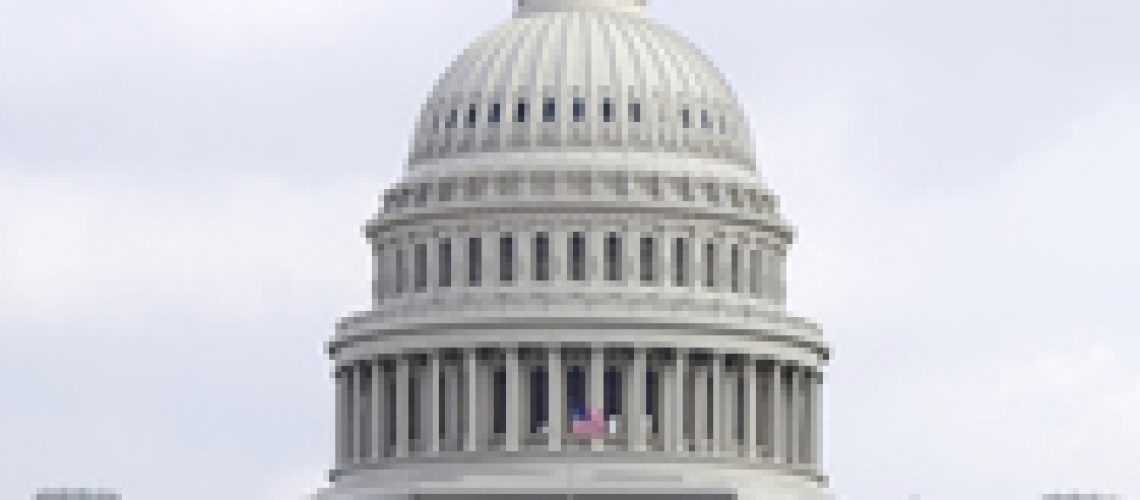Closing in on two hours before the midnight deadline, the U.S. Senate on Tuesday April 14th, 2015 passed the bill in a vote of 92 to 8 to permanently end the sustainable growth rate (SGR) formula that threatened to cut physician Medicare reimbursement by 21 percent.
President Obama has indicated that he will sign the legislation, ending a cycle of 17 consecutive short-term fixes.
April Claims:
However, the Centers for Medicare & Medicaid Services (CMS) routinely waits 14 calendar days before paying an electronic claim, so physicians would not see the massive cut until April 15th. If Obama signs MACRA immediately, CMS can process all April claims at pre-April rates.
The bill will freeze Medicare rates at pre-April levels through June, and then raise them 0.5% in the second half of the year. They will continue to increase 0.5% each year from 2016 through 2019. At the same time, MACRA will shift Medicare compensation from fee-for-service to pay-for-performance.
“This is a historic day in Washington,” said AHCA President and CEO Mark Parkinson in a prepared statement. “The Senate’s bipartisan effort to pass H.R. 2 is a proud moment for our country and will impact millions of patients, families and providers in a truly positive way.”
“This legislation is the first step in establishing long-term stability to the profession,” Parkinson said. “The next step includes a continued bipartisan effort in other important areas, such as thoughtful payment reform.”
Senators attempted to pass six amendments to H.R. 2 Tuesday, but all failed. Some lawmakers opposed it because only about one-third of the $200 billion cost will be paid for by beneficiary and provider givebacks. One proposal was to require Congress to pay for the entire package, but 12 Republicans joined with all Democrats to defeat it 58-42.
Among other aspects, the bill includes a six-month delay in enforcement of the CMS’ controversial “two midnights” payment policy for short hospital stays.
The SGR repeal will put physicians on a two-track payment system that will strongly continue a federal push toward risk-based payment models, which include accountable care organizations and bundled payment models that nursing homes can figure heavily into.
Doctors will have to have at least 25% of Medicare revenue tied to such payment models by 2019 to qualify for higher payments. That level triples in 2023.
——————————————————
Photo courtesy of: Medical Coding News
Originally published on: Billing and Coding Advantage
Follow Medical Coding Pro on Twitter: www.Twitter.com/CodingPro1
Like Us On Facebook: www.Facebook.com/MedicalCodingPro








This Post Has One Comment
Pingback: Senate Passes Medicare Access and CHIP Reauthorization Act 92 to 8 – Avoids Payment Cuts | scrubs and suits
Comments are closed.